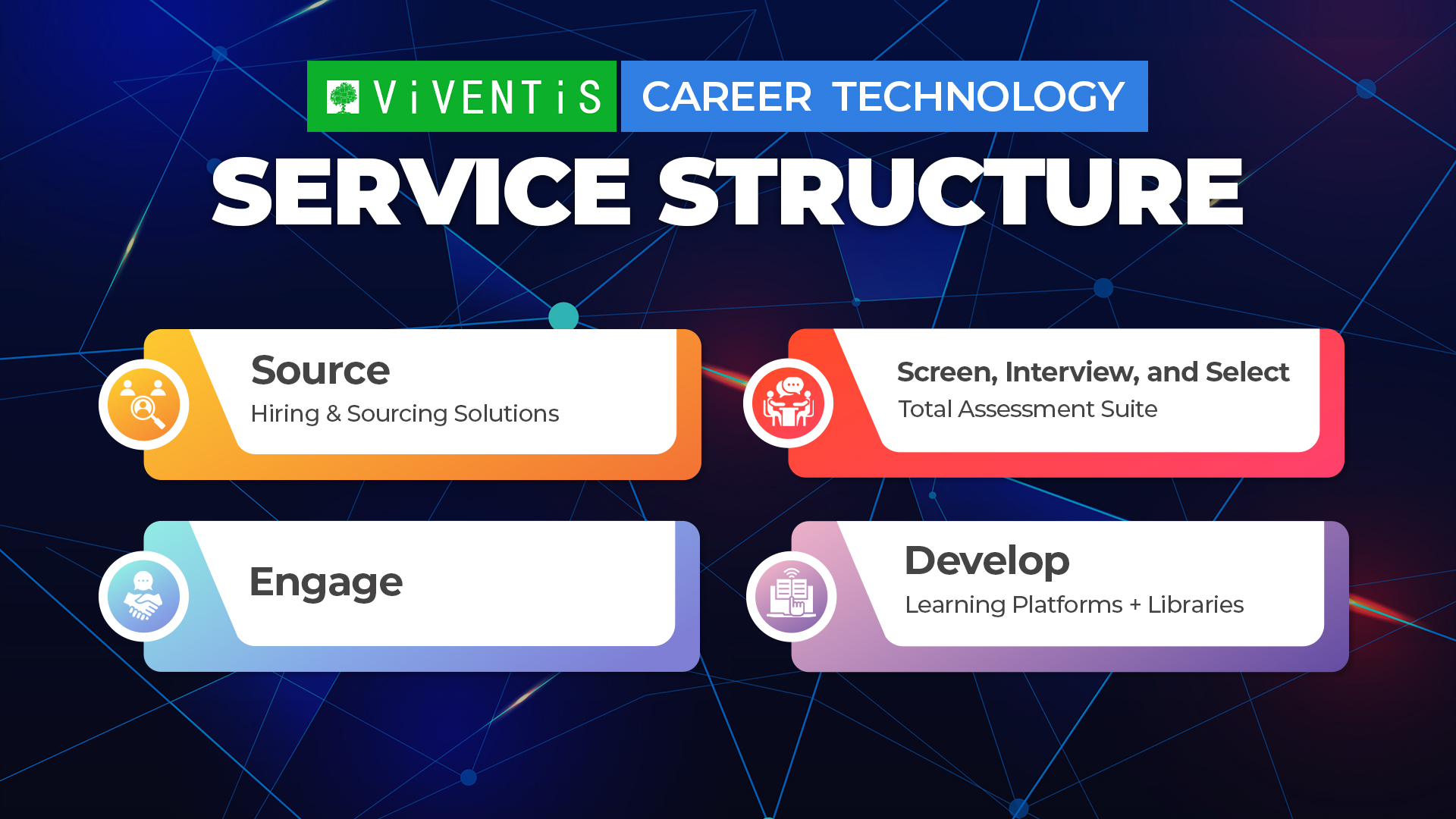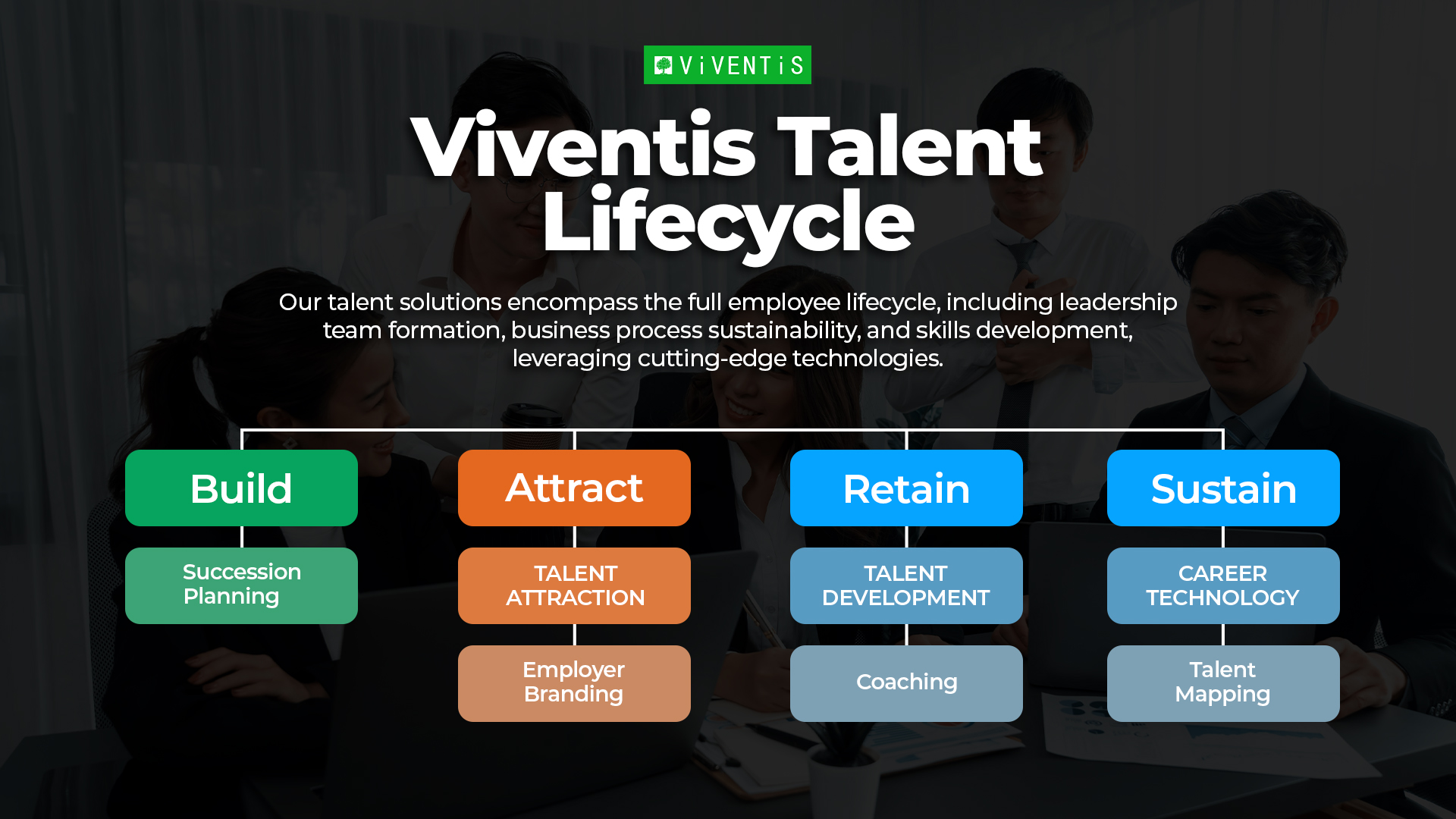In the digital age, the advancement in HR technology has brought a significant transformation in the management of workforces within organizations. Furthermore, the utilization of these innovative tools and platforms has revolutionized the entire employee life cycle, starting from the recruitment process and extending all the way to retirement.
![]()
What is the Employee Life Cycle?
The Employee Life Cycle model is a comprehensive framework that outlines the critical stages an employee goes through when engaging with their employer. Just as how the customer lifecycle works, the employee life cycle emphasizes the importance of the workforce’s experience.

The life cycle begins from when a candidate becomes aware of a job opportunity then gets interviewed, invited for an onsite visit, welcomed by the team, worked with peers and superiors, gets a performance review, until he/she decides to depart from the company. By understanding and optimizing each stage, organizations can foster an environment that nurtures talent, promotes engagement, and drives organizational success.
How Does HR Tech Support the Employee Life Cycle?
HR technology plays a vital role in supporting the employee life cycle by streamlining processes, enhancing experiences, promoting engagement, and enabling data-driven decision-making. It simplifies and accelerates HR tasks, allowing the team to focus on the more critical work at hand. Recruitment tools allow the talent acquisition team to advance to validation interviews as it has already parsed the resumes to quickly shortlist candidates. Additionally, personalized learning and performance systems enable independent training, feedback, and progress tracking for employees, reducing HR supervision.
Furthermore, HR tech fosters employee engagement through feedback platforms and surveys, enabling organizations to make data-driven improvements for a more fulfilling work environment. Organizations can recruit, develop, and retain talent effectively by using top-notch HR technologies, thereby driving organizational success and providing remarkable experiences to their people.
What HR Technologies can be implemented at each stage of the Employee Lifecycle:
Knowing the tools you can integrate into your processes gives you a vantage point to your talent strategies. Below are some best-in-class innovations companies have adapted on each stage of the employee life cycle:
- Sourcing and Applicant Tracking: Automated job boards, applicant tracking systems (ATS), and AI-based sourcing tools have made it easier for HR professionals to attract a larger pool of candidates. These technologies enable a single job post to go to a wider reach of talents. At the backend, these tools support faster resume screening, candidate tracking, talent pooling, and talent pipeline management.
Viventis Search Asia leverages reputable career technology platforms such as TalkPush and LinkedIn to optimize recruiters’ operations and fulfill clients’ hiring requirements. Talkpush simplifies recruitment by enabling recruiters to engage with candidates across different platforms. This HR solution platform automates tasks like pre-screening, inquiries, interview scheduling, and document management; it also improves hiring productivity by allowing recruiters to focus on meaningful conversations with prospects rather than the usual routine tasks.
Additionally, LinkedIn Hiring Solutions empowers recruiters to tap into the power of LinkedIn’s professional network for effective talent acquisition. It enables recruiters to tap the untapped talents, communicate their employer brand, and make data-driven decisions.
Companies can optimize their talent community to save time and money on candidate searches. This proactive approach engages candidates in relevant conversations, aligning them with the company’s brand and opportunities, ensuring active and engaged talents, thereby increasing awareness and maximizing talent attraction.
Read all about Viventis Search Asia’s take on Progressive Talent Attraction
- Screening and Selection: Online assessments have leveled up through the use of generative AI to boost the increasing demands to fill job openings. These technologies enable HR teams to zero in on the skills and competencies that are critical for the role. Moreso, online platforms easily help cut down the list of massive candidate lists to the best ones, saving time to select the right hire.
On June 7, 2023, Viventis Search Asia formed a strategic partnership with iMocha, the world’s largest skills assessment library that utilizes Skills Intelligence to transform and support every organization’s talent attraction and talent development teams. iMocha’s AI-powered Skills Intelligence Cloud™ simplifies the hiring process by focusing on skills. It helps create a data-driven system for hiring, upskilling, and managing talent across different job roles and industries, making it easier to scale operations.
Viventis also proudly offers Veritas as one of their reliable career technology tools, designed to assess the potential risks associated with hiring candidates.
Veritas Integrity Assessment focuses on evaluating various factors related to occupational misconduct, including theft, loyalty, drug use, bribery, gambling, alcohol consumption, reliability, sexual harassment, workplace violence, organizational and personal risks, creating a good impression, and personality traits. Through this assessment, Veritas determines the level of risk a candidate poses to a company, categorizing them as Low, Medium, or High Risk.
Another of Viventis Search Asia Career Technology’s holy grail platforms that the organization offers is Bryq, a talent intelligence platform offering AI-driven assessments for cognitive and personality traits. Its features, including AI-assisted job profile creation and custom culture analysis, enable HR professionals to make informed hiring decisions swiftly.
- Onboarding: HR technology has transformed the onboarding process by introducing digital onboarding platforms and tools. These platforms streamline administrative tasks such as filling out forms and disseminating information to new hires. They also provide a centralized hub for new employees to access company policies, training materials, and resources. Automated workflows ensure that all necessary steps are completed, reducing manual effort and ensuring a smooth onboarding experience.
- Performance Management and Development: Platforms have now become more open and personalized to the learning needs of employees. Thanks to Generative AI. Certain HR platforms are being fed with the online learning courses and skills that employees search online. Learning management systems (LMS) and online training platforms now offer personalized development opportunities to employees, while Learning Experience Platforms (LXPs) seamlessly integrate into performance management and development by providing tailored learning pathways aligned with individual goals and skill gaps, fostering continuous improvement and professional growth at one’s convenience.
Learning management systems (LMS) and online training platforms now offer personalized development opportunities to employees to acquire new skills and knowledge at their convenience. In this context, Cornerstone LMS software, offered by Viventis Search Asia Career Technology, plays a pivotal role in providing organizations with a holistic learning management solution.
Cornerstone empowers enterprises to shape a future-ready workforce by customizing training for individual learners and offering robust reporting capabilities. With features like curriculum management, certifications, and personalized learning paths, this platform enables clear tracking of employee engagement and simplifies group training management.
Furthermore, performance management solutions streamline the entire process, supporting continuous feedback, goal-setting, and employee progress tracking. They offer real-time performance data, facilitate ongoing conversations, and enable managers to provide timely coaching and recognition.
- Employee Engagement and Retention: HR technology has played a crucial role in improving employee engagement and retention. Employee engagement platforms, pulse surveys, and feedback tools enable HR professionals to collect real-time feedback, measure employee sentiment, and address concerns proactively. These technologies facilitate two-way communication, recognition programs, and social collaboration, fostering a positive work environment. Predictive analytics also help identify factors that influence employee engagement and retention, enabling proactive interventions to improve overall satisfaction.
Linkedin Learning provides more than 16, 400 online courses curated to the skills needed by talents. Employees are given access to different forms of learning such as sandbox environment for a hands-on experience, quizzes, and video tutorials, ensuring an engaging experience as they progress in learning. also provides professionals with a wide range of online courses and video tutorials to enhance their skills, expand their knowledge, and stay up-to-date with industry trends.
These resources include quizzes to validate learning and certifications that boost employees’ market value. With its comprehensive learning experience, Linkedin Talent Solution is a highly sought-after career technology service offered by Viventis, empowering individuals to unlock their full potential and achieve professional success.
- Offboarding: HR technology has streamlined the offboarding process by digitizing and automating various tasks. Digital offboarding platforms facilitate exit interviews, automate documentation processes, and ensure compliance with legal requirements. These platforms help HR teams manage offboarding tasks efficiently, transfer knowledge, and maintain positive relationships with departing employees. Additionally, data analytics can identify patterns and reasons for employee turnover, enabling organizations to take proactive measures to address retention challenges.
Final thoughts
The advancements in HR technology have brought about a substantial revolution in the employee life cycle, leading to enhanced operational efficiency, refined strategies driven by objective data, and a shift in the overall employee experience. Through the automation of administrative tasks, the provision of data-driven insights, and the enhancement of communication and collaboration channels, HR technology empowers professionals to make well-informed decisions and foster a more positive work environment.
It is crucial to carefully select and implement technology solutions that align with organizational goals, ensuring scalability, data security, and usability, in order to maximize the benefits throughout the employee life cycle.

At Viventis Search Asia, we are dedicated to delivering the latest technological solutions that streamline your recruitment and learning processes. Our team of Career Technology Experts are reliable consultants that can assist you in optimizing your operations through the use of HR technology stack.
Find out more about our innovative solutions by visiting our website at www.viventis-search.com or connecting with us on social media!



